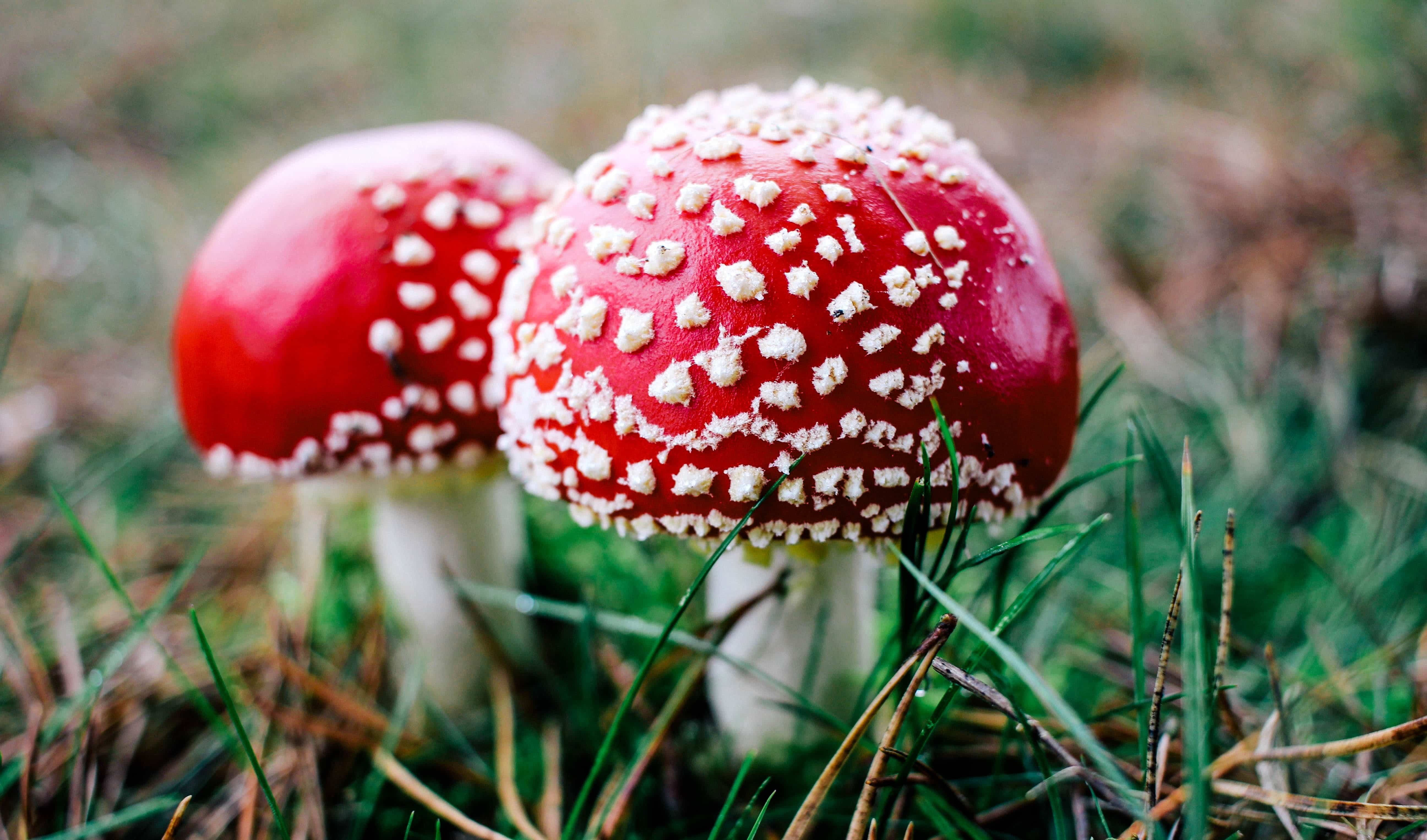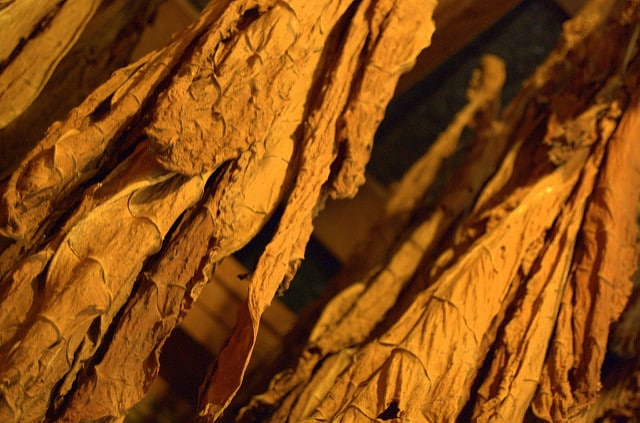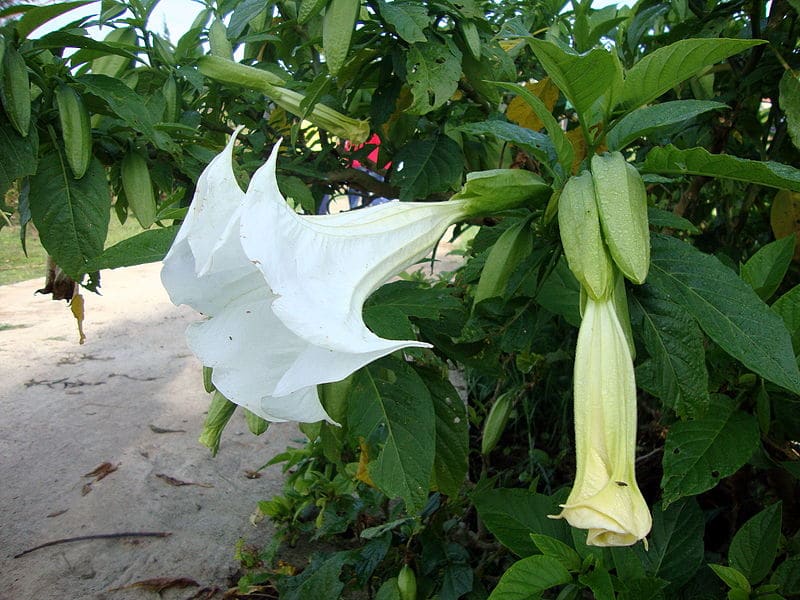
Psychedelic therapy is the practice of using the revelatory and pattern-dissolving properties of psychedelic substances. Image by Ricardo Liberato
The definition of insanity, they say, is to do the same thing over and over again expecting different results. Unfortunately, this kind of wheel-spinning practice is all too often seen in the world of mental health and addiction treatment, where people are over-medicated with prescription drugs that are often dangerous and ineffective at treating the source of their disorder. In an ironic twist, the best chance that many of these people may have to finally break the cycle of pain into a lasting cure is to undergo psychedelic therapy, a practice utilizing substances that have been historically taboo in the West while having a rich and honored tradition in many ancient and indigenous cultures from around the world. Yes, you heard right, the path to sanity for sufferers of mental disorders may very well be to temporarily “lose their mind” in a safe and constructive way with psychedelic-assisted therapy.
A Brief History
So what is psychedelic therapy exactly, and how has it been used historically? Essentially psychedelic therapy is the practice of using the revelatory and pattern-dissolving properties of psychedelic substances such as LSD, MDMA (ecstasy), and psilocybin (magic mushrooms) in a context of healing, trauma release, and personal growth. Cultures from around the world such as the Bwiti, the Shipibo, the Mazatecs, and even ancient Greek and Pre-Aryan peoples recognized how positive and transformative these substances could be when used in a solemn and sacred context, and often put them at the center of their spiritual life.
This same practice was rediscovered and reinvented in the West when psychedelics first burst onto the scene in the mid-20th century and were quickly studied by doctors and psychologists as tools for aiding in psychotherapy and treating conditions like alcoholism. Unfortunately, the backlash against psychedelics after the cultural revolution of the 1960s put a stop to much of the research for many decades, but the good news is that laws and attitudes towards psychedelics have eased in recent years, opening the gates once again for renewed research for ways to use these transformative tools effectively.
How It Works
Modern psychedelic therapy consists of giving patients specific doses of psychedelics as a way to break through the mental blockages that are at the root of their condition and greatly boost the effectiveness of their therapeutic treatment. One of the most exciting elements of psychedelic therapy is how powerful it is for people who have not found relief in traditional treatment programs. Conditions that have been studied and found to be particularly good candidates for psychedelic therapy include obsessive-compulsive disorder (OCD), anxiety and depression, post-traumatic stress disorder (PTSD), and substance addictions. Important to note is that within the context of this type of treatment, the psychedelics themselves are not seen as miracle cures in and of themselves. Rather, they are utilized as a way to enhance the patient’s therapeutic process and pave the way for breakthrough experiences.
There are many kinds of psychedelic-assisted therapy styles as well. Some therapists prefer to give periodic low to moderate doses of psychedelics and perform therapeutic sessions with them during their “trip” in a form called psycholytic therapy. This allows the therapist to be present and interact with the patient in real time as they are navigating the powerful but not-quite-overwhelming revelations of their psychedelic journey. More often, psychedelic-assisted therapy consists of giving a one-time (or very few times) strong dose of a psychedelic to a patient in an overnight visit to a specialized clinic with therapy sessions given before and after the experience. During their overnight visit, the patient is provided a comfortable setting with relaxing music while support staff stands by to help them if needed — the staff doesn’t try to direct the experience other than to provide safety and comfort. The real focus of this style of psychedelic therapy is in facilitating a transformative peak experience for the patient, which is then explored and integrated afterward in follow-up therapy sessions. Just as important as the experience itself is intention setting beforehand and integration afterward.
A New Hope
The benefits of psychedelic therapy for patients with hard to treat conditions seems to be highly positive and multifaceted. PTSD sufferers have reported being cured, people who suffer from addiction have turned their lives around completely, and people dealing with incredible anxiety and depression have reported feeling an immense sense of ease and acceptance. For many of these patients with crushing addictions or ailments, it is a life-saving cure. Substance addicts and veterans with PTSD take their lives every day as a result of their disorders, intentionally or not. For those who have lost all hope after traditional treatment methods have failed again and again, psychedelic therapy offers a bright ray of hope and the potential for a new life that is fully lived.









